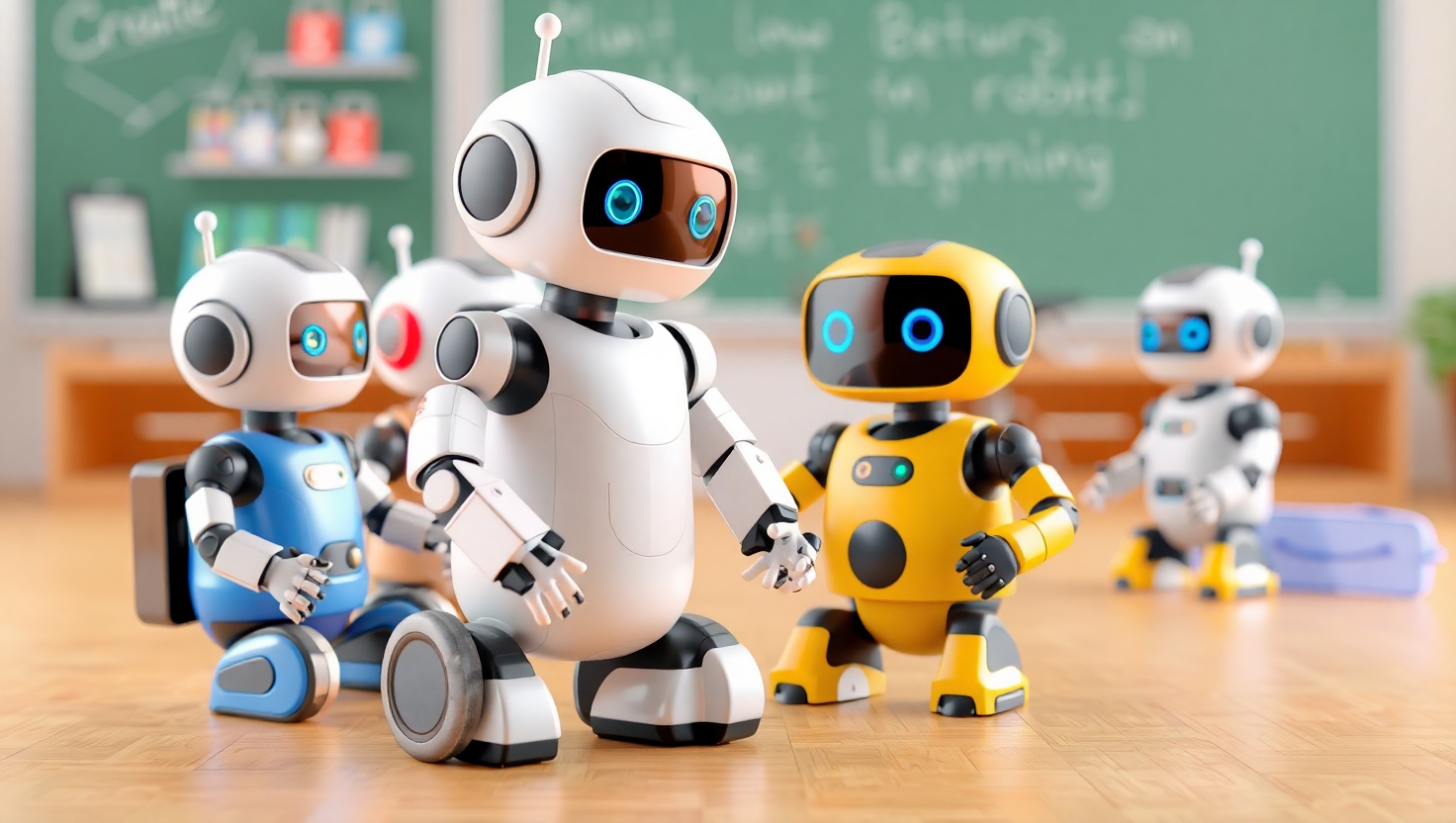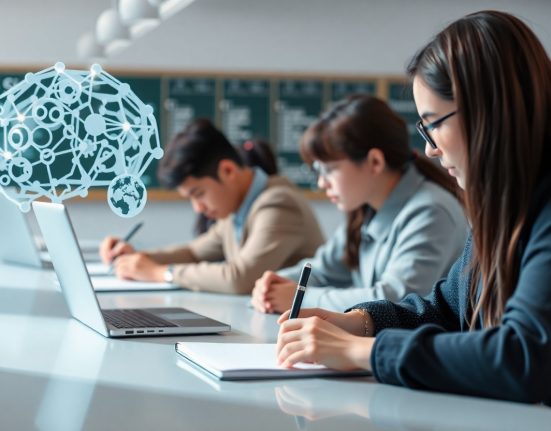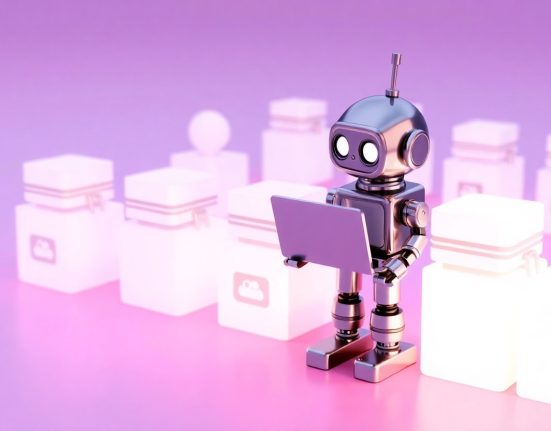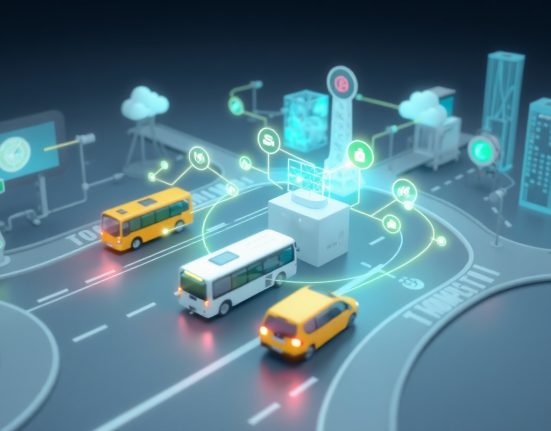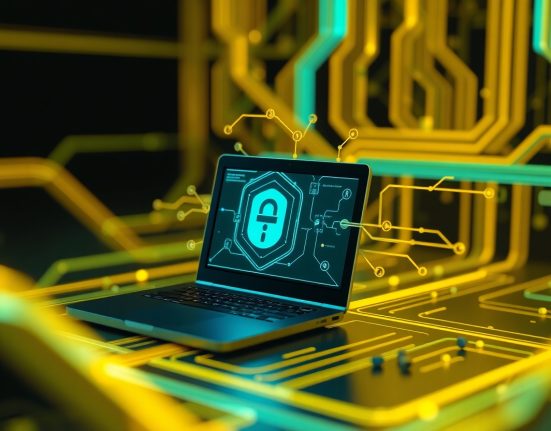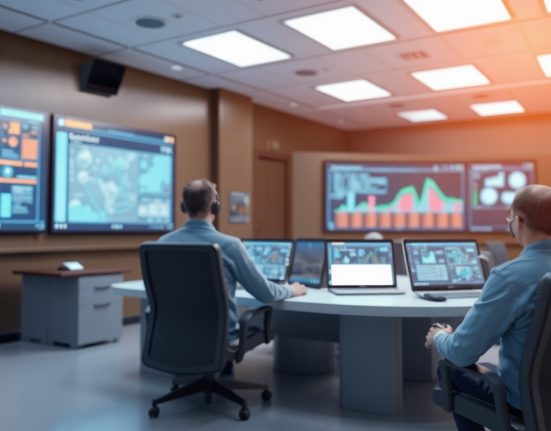Over the past decade, we’ve been witnessing a significant revolution in education—not just through new teaching methods or computer technology, but especially by bringing interactive robots right into the classroom. These robots don’t just make learning fun and engaging for kids; they also help develop important skills like technology literacy, creative thinking, and problem-solving—skills that are essential for tomorrow’s world. When robots become part of the classroom, they act as tools for hands-on learning that combine movement, touch, and simple communication. This makes students more motivated and helps them really understand complex subjects on a deeper level.
The newest educational robots coming to the market are equipped with advanced sensors, speech recognition, and user-friendly interfaces that allow them to respond dynamically to different situations and personalize the learning process for each child. Many of these robots include games, puzzles, and challenges tailored to the age and skill level of the student, making them learning partners rather than just static tools. The connection they create between the digital and physical worlds allows kids to feel like creators, explorers, and problem-solvers, not just passive receivers of information. Beyond that, robots also help build social skills and improve teamwork by encouraging collaboration among students.
Moreover, integrating robots into education creates a more diverse environment that can be adapted to children with special needs. Some robots are designed to support kids with communication difficulties or attention challenges, helping them express themselves and better engage in the classroom. This opens up new possibilities in education where every child can get the unique support they need, without missing out on a full and enjoyable learning experience. This kind of integration shows how advanced technology can bridge personal challenges and educational success.
The field keeps advancing rapidly, with new robots constantly emerging that offer even more features like machine learning, automatic adaptation to student needs, and improved personalized teaching capabilities. This is a true revolution that challenges traditional norms and expands the boundaries of education. For anyone who believes in education as a way to change the world, using interactive robots in classrooms isn’t just a tech tool—it’s an opportunity to raise a new generation of curious, creative learners ready for the modern world.








